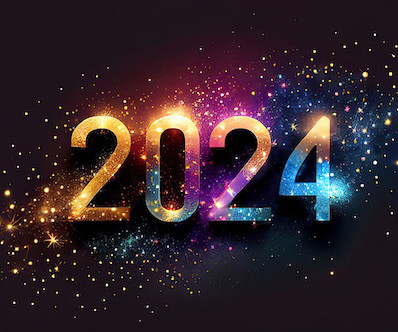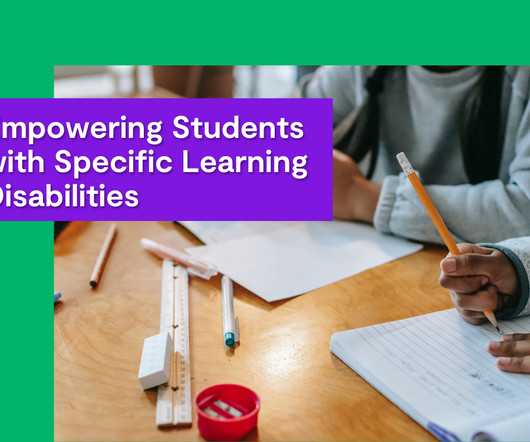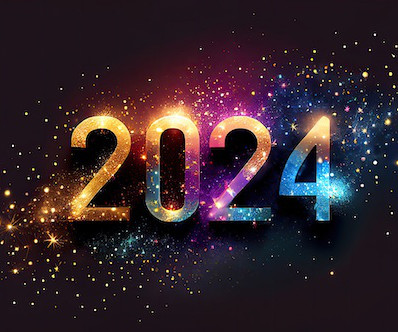K-12 Tech Innovation News
eSchool News
DECEMBER 11, 2023
These K-12 technology trends in 2024 reflect a dynamic and innovative educational landscape, leveraging immersive technologies, adaptive learning platforms, collaborative tools, and generative AI to prepare students for the challenges of the future. How has technology impacted K-12 education?












Let's personalize your content